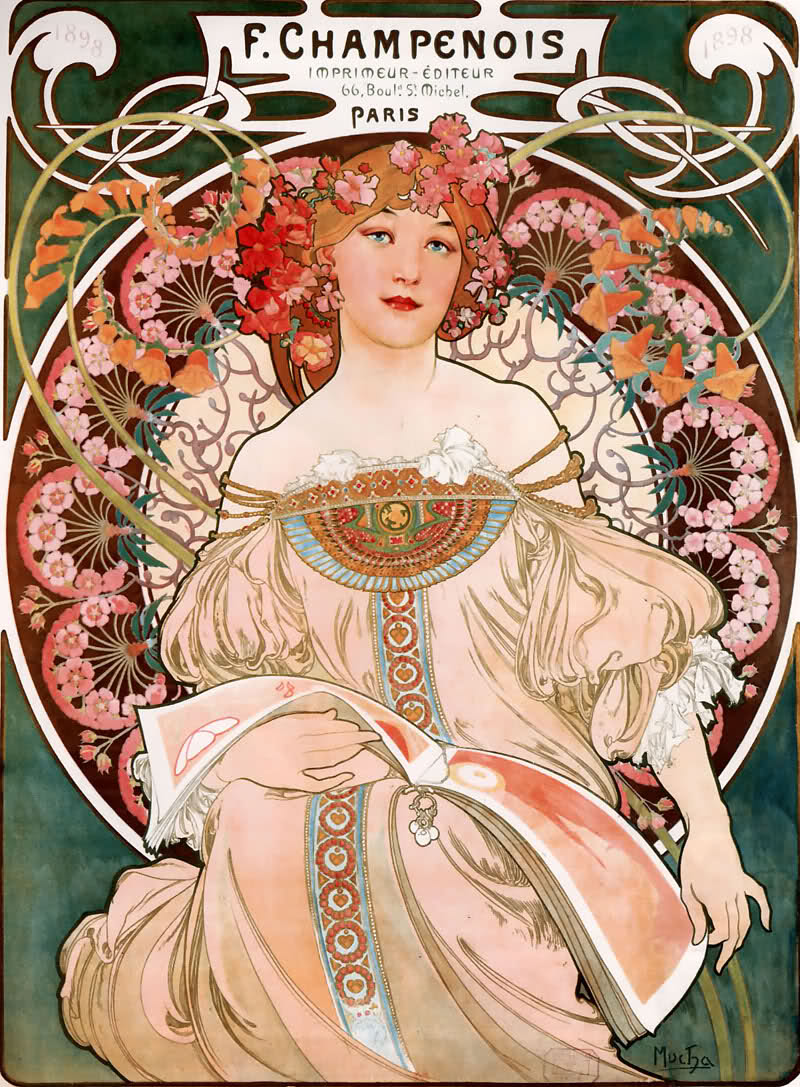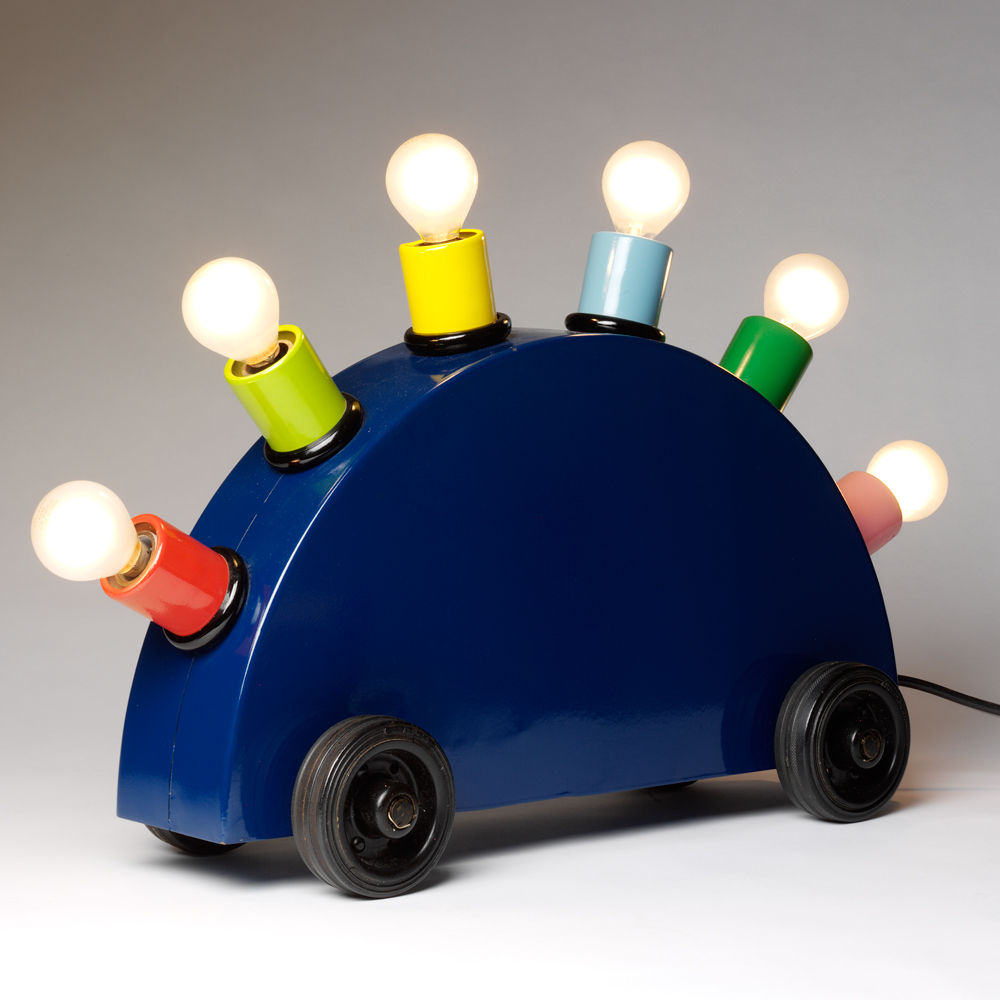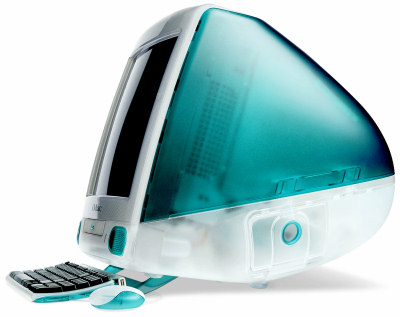PRODUCT DESIGN HISTORY OVERVIEW
The first use of the term "industrial design" is often attributed to the industrial designer Joseph Claude Sinel in 1919, but the discipline predates 1919 by at least a decade. Christopher Dresser is considered the world's first industrial designer. Industrial design's origins lie in the industrialization of consumer products. For instance the Deutscher Werkbund, founded in 1907 and a precursor to the Bauhaus, was a state-sponsored effort to integrate traditional crafts and industrial mass-production techniques, to put Germany on a competitive footing with England and the United States.
The Industrial Revolution in the UK
At the beginning of the Industrial Revolution, mechanized fabrication in the UK was still combined with individual craftsmanship and aimed at the continuity of societal and economic structures, as seen in Wedgwood tableware and the development of railway engines. The speed of technological advance throughout the nineteenth century, however, enabled manufacturers to seek greater profits by producing more for an expanding market with new customers. Manufacturers increased the degree and type of decoration on their products to enhance the status of their customers. This resulted in a variety of new styles such as Art Nouveau and Neo-Gothic. As a counterweight, the Arts and Crafts movement, which emerged in the 1860's and 1870's under the influence of artists such as William Morris, aimed at designing products that reflected the old ideals of craftsmanship.
Wedgwood tableware
Example of Art Noveau graphics
Example of neo-gothic architecture
Arts and Crafts movement, wallpaper by W.Morris
The Industrial Revolution in the USA
During the Great Exhibition held in Britain in 1851 to celebrate world industry, Europe became acquainted with American products and developments, which aimed at modern industrial mass production and functionalism. Over the next half-century the 'American system' was not only characterized by its production techniques but also by the entire organisation, influencing the business processes as well as the functionality and appearance of the products, resulting in new products such as Remington typewriters, Singer sewing machines, Kodak cameras, McGormick reaping machines and Ford automobiles. Due to increasing labor costs and a shortage of cheap labor, the USA focused on standardization. In the early years of the twentieth century companies such as Henry Ford produced relatively low-cost cars that existed of assembled complicated mechanical parts. Concepts such as efficiency, standardization and functionality became popular at the beginning of the twentieth century.
Remington typewriter
Singer sewing machine
Kodak camera
McGormick reaaping machine
Ford model T
Birth of the industrial designer
Although industrial design was commonly incorporated into industry by the end of the nineteenth century, the profession of the industrial designer was still rather ill-defined, meaning that the activities of artists, architects, craftsmen, inventors, engineers, technicians and other personnel of larger companies were all labelled as industrial design. Only at the beginning of the twentieth century did the legitimacy of the industrial designer surface as a person who integrated all of these activities, incorporating, e.g. technological, functional, aesthetic and business aspects.Modernism
In Germany, the Deutscher Werkbund, a precursor to Bauhaus, was founded in 1907, and aimed at integrating traditional crafts and industrial mass-production techniques. It focused on the societal role of design and art. Technology and machines could be used to improve people's taste and develop their cultural aspiration towards, for example, harmony and societal decorum. The benefits of technology were no longer available only for the elite. The movements arising from the turn of the century up to the 1930's, Bauhaus, De Stijl, Constructivism and Purism, advocated a new universal and objective style: the aesthetics of the machine. By glorifying machines and technical progress through objective shapes, they aimed at an improvement of the quality of life for all users. Modernism flourished.
As of the 1960's, the German company Braun, along with Dieter Rams, applied to products the Bauhaus principles of the earlier years of the 20th century, such as 'form follows function'. Rams deleted every superfluous detail and ordered the essential elements to give optimum support to functionality. He aimed for a neutral and harmonic aesthetic quality in order to allow the user to create his own 'image' of the product. As Rams mentions in his 'ten principles': "Good design is as little design as possible".
As of the 1960's, the German company Braun, along with Dieter Rams, applied to products the Bauhaus principles of the earlier years of the 20th century, such as 'form follows function'. Rams deleted every superfluous detail and ordered the essential elements to give optimum support to functionality. He aimed for a neutral and harmonic aesthetic quality in order to allow the user to create his own 'image' of the product. As Rams mentions in his 'ten principles': "Good design is as little design as possible".
Deutcher Werkbund poster
Bauhaus poster
De Stijl: Red and Blue Chair by Gerrit Rietveld
Constructivism: Tatlin's Tower or Monument to the Third International
Purism: Le Corbusier Villa Savoye
Streamlining
At the same time, the idolization of technology, progress and modernity was further effectuated from the 1940's until the beginning of the 1960's by styling products on the basis of symbols of progress, such as cars, aeroplanes and even satellites. Streamlining, originally derived from the shape of a drop of water, was 'the' way to express speed as a metaphor for energy that could liberate the user. It was the opposite of machine purity, and it diverted the attention from the inner workings of the product to its appearance. Thomas Hine (1986) coined the synthetic word 'populuxe' for this era of popular luxury for all.
Streamlining design: Motor Car No. 9 (without tail fin) by Norman Bel Geddes
Populuxe
Electronic products
After the fifties, Modernism faded out in the West. Rationalism, objectivity, universalism and the application of technology and science to human needs and necessities were substituted by replaceability and consumerism. Without unifying ideologies, design got lost in 'prettiness'. Designers were focusing more and more on the 'package' and appearance of the product. Innovation became more popular than invention, and the professions of the designer and the engineer grew further and further apart, especially during the last decades of the twentieth century. The development of technology intensified; the size of the microchip decreased and, simultaneously, its possibilities increased. The technology push spurred on the functionality of appliances, thus offering the user unlimited possibilities and an enormous supply of electronic and digital products. Consumption and personal self-fulfillment were strengthened, and the gap between machinery and commodity increased.
Industrial design missed out on this major industrial development; designers missed the electronic boat, more specifically 'the interaction with the ungraspable'. The design of the physical form and the design of the interface of interactive products were separated. People working within the Human Computer Interaction (HCI) community such as usability engineers did the engineering and interaction thinking, and industrial designers were invited to beautify the new machines. They did this by expressing power, rationality, functionality and self-interest. The products were based on 'cognitive' interaction with displays and dozens of neatly organised buttons, as can be seen in, for example, the microwaves, telephones, business equipment, medical equipment, computers and photo and video equipment from the 1980s and 1990s.
Towards emotion and experience
In the 1980's, the post-modernist movement Il Nuovo Design, including the companies Studio Alchymia and Memphis, criticized this focus and approach. They advocated concepts such as diversity, discontinuity, eclecticism, ornaments, color and experience in order to create a more enjoyable and fancy world. The adage 'less is more' was replaced by 'less is a bore'. Around the turn of the century, a weakened version of their ideas rapidly caught on in commercial appliances, such as Alessi kitchen appliances, Swatch watches and Apple's colourfl iMac, and quickly seemed to turn towards a superficial form of fun and emotions, i.e. 'funnying' the look of products, which we could call 'form follows frivolity'. Around the same time Bauhaus-like objects were reproduced for the elite, becoming terribly expensive and sold in 'design boutiques'. Architects were assembling workers' living units into skyscrapers in the US. Design became exclusive.
The shift towards fun, emotion and experience was also a result of the sociocultural setting and the economic strategies of companies to survive. Companies introduced lifestyle brands to compensate for the loss of ideals, identity, belief systems and cultural references after the decay of Modernism. By adopting a brand lifestyle of one's choice, people found a way to regain a sense of identity. Designers helped to fuel consumption by repeatedly renewing the style of products, of which Swatch is a clear example. And they focused on brands and brand identity by designing the complete package, including machinery and commodity, appearance, services, 'experience', points of sale, advertisements, etc., such as Nespresso and Apple. Designers tried to envision the future through novel concepts, such as Philips' 'Vision of the Future' (1996), although many of those design concepts took the underlying computer logic and cognitive structures as given.
Studio Alchimia: Alessandro Mendini
Memphis Group
Alessi: Juicer by Philippe Starck
Selection of Swatch watches from 1990's
Apple iMac
Nespresso brand logo
Apple brand logo
Knowledge economy
With the move into the twenty-first century, we are shifting from an experience economy to a knowledge economy. People no longer have to rely on brands and product lifestyle to signify and create their identity; instead they are nowadays able to create their own identity or identities through a variety of social platforms, such as Facebook and Twitter. We are becoming more and more digital and networked, which influences the profession of the industrial designer.Reuniting HCI and industrial design
Today we see that the two worlds of HCI and industrial design are coming together again. HCI people move towards experience, and industrial designers embrace the digital, although one can clearly see their history and thus differences in approach and focus. One sees many HCI people and computer scientists who are seeking to bridge engineering and art, science and art, or the three, as can be seen in Robin Baker's book "Designing the future" or in Hiroshi Ishii's work at MIT MediaLab. Moreover, the digital is often a starting point to connect to the real, e.g. with Ishii's Radical Atoms, and a cognitive approach towards experience is still dominant. One generally sees the engineering paradigm in this way of working and thinking based on externalizing knowledge, changing the world and taking the machine perspective, although the latter is more and more combined with a human perspective.
Industrial designers, on the other hand, tend to base their way of working and thinking on internal knowledge (often referred to as intuition), on changing the world and on a human perspective. Contemporary industrial designers are trying to find a way to connect the possibilities of new technology, intelligence and social platforms to people's being in a physical and social world; to map the discreteness of the digital to the continuity of us being in the world. Moreover, industrial designers are exploring their new role in the upcoming transformation economy paradigm in which value is created in communities, by addressing societal issues together on a local scale with all the stakeholders involved. For example, RED, a 'do tank' that uses innovative design to tackle social and economic issues, which was set up by the British Design Council in 2004, is one of the initiatives to find new ways.

Robin Baker "Designing the Future"






















No comments:
Post a Comment